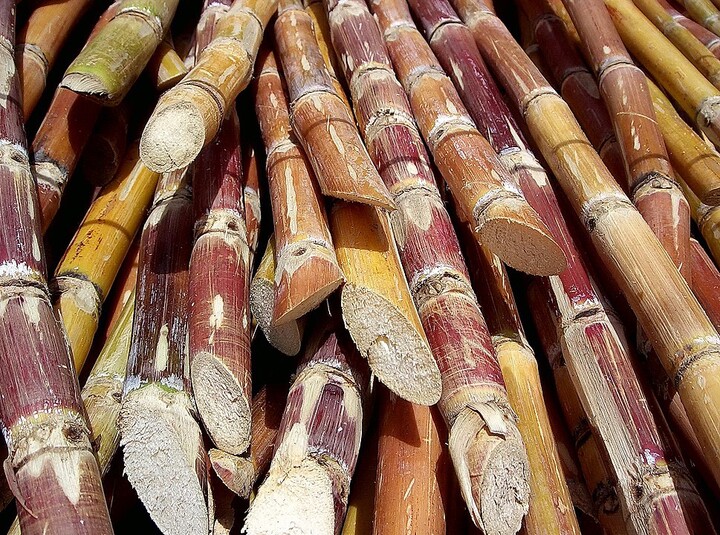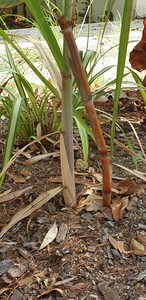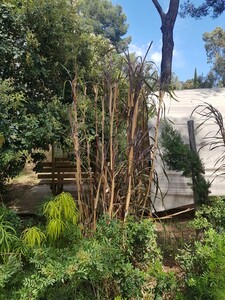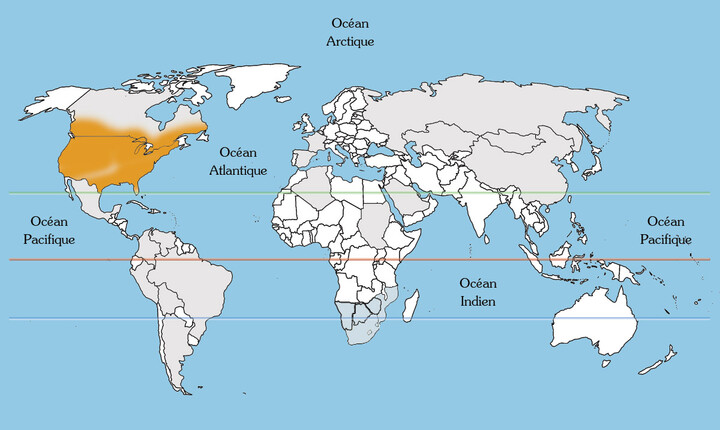Sugar cane
Presentation
A fascinating and iconic plant
Purple sugar cane captures the imagination with its rich colour and many uses. Originating from Asia, this particular variety is characterized by its distinctive deep purple stalks, adding a touch of colour to the alleys of our four-star campsite Les Jardins de La Pascalinette ® (especially Allée de l’Argentière!).
Purple sugar cane is also endowed with some interesting nutritional properties, although of course the plants you see at the campsite are there more to please the eyes than the stomach! Even so, let’s find out more about some of its characteristics…
A subtle flavor
Originating from tropical and subtropical regions, sugar cane closely resembles the reeds found around the marshes of the Var area, French Riviera-Côte d’Azur.
Its purple hue is due to the presence of anthocyanins. These antioxidants area associated with various health benefits, in particular a reduced risk of cardiovascular diseases and strengthening of the immune system. In addition, this particular variety of sugar cane is appreciated for its slightly sweeter flavour and subtle perfume, which makes its a popular choice for the production of sugar cane juice, syrups and even cane sugar.
Sugar is found inside the cane stalks. It is harvested after around a year’s growth, when the sugar is at its highest level and the leaves begin to dry. Liquid sugar is extracted by pressing the stalks.
However, despite its many assets, purple sugar cane remains relatively uncommon in comparison to other, more widespread varieties, as it requires special conditions in order to thrive – in particular a hot, humid climate.
Identity
| Latin name : | Saccharum officinarum violaceum |
|---|---|
| Family : | Poacées |
| Genus : | Saccharum |
| Species : | ravennae |
| Color : | Purple and green |
| Subspecies : | purpurea |
| Foliage : | Evergreen |
| Port : | Tall, evergreen grass |
| Height : | 2 to 6 m |
| Lifetime : | 7 years if exploited |
| Flowering : | autumn |
Did you know?
Sugar cane is of course used to make refined cane sugar, but also to manufacture rum.




